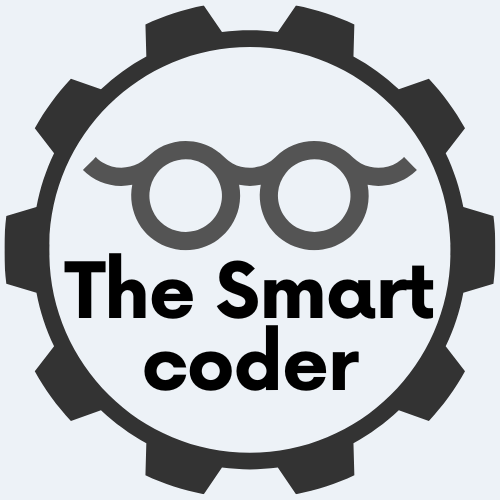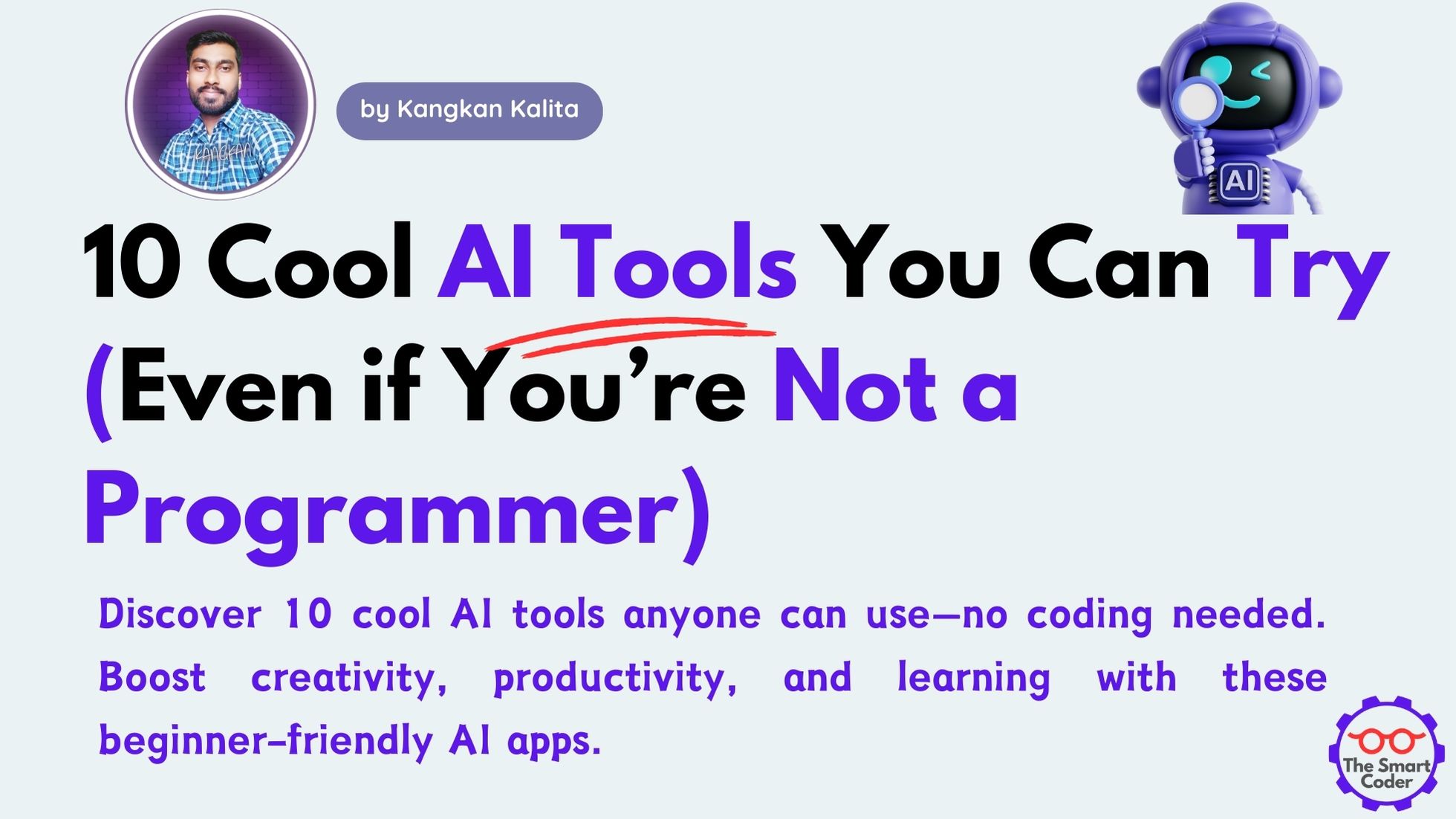Top 7 Machine Learning Algorithms Every Beginner Should Know [2025]
- Generative AI Roadmap in 2025: Skills, Tools, and Opportunities - August 11, 2025
- Most Used Statistical Concepts in Data Analysis: A 2025 Guide - August 5, 2025
- SQL for beginners : A Complete Guide - June 24, 2025

Introduction
Machine learning algorithms are the engines behind AI’s ability to learn from data and make predictions or decisions without being explicitly programmed. In a world where data drives innovation, understanding these algorithms is essential for anyone stepping into tech, data science, or AI in 2025.
Whether you’re an aspiring data scientist or a tech enthusiast, getting a solid grip on the types of machine learning algorithms is your first major step. This knowledge is key to solving real-world problems, building smarter systems, and launching a career in a field that’s only going to grow.
Quick Overview: Types of Machine Learning
Before we dive into the popular ML algorithms, it’s important to know there are three main types of machine learning:
- Supervised Learning: Models are trained on labeled data.
- Unsupervised Learning: Models find hidden patterns without labeled outcomes.
- Reinforcement Learning: Models learn by trial and error to maximize rewards.
Now, let’s break down the top 7 machine learning algorithms every beginner should know.
1. Linear Regression
What It Is
Linear Regression is a supervised learning algorithm used to predict a continuous outcome based on one or more input features.
How It Works
It draws a straight line (or hyperplane in multiple dimensions) that best fits the data points by minimizing the difference between the predicted and actual values.
Key Advantages
- Easy to understand and implement
- Performs well with linearly separable data
- Good starting point for regression problems
Real-World Use Cases
- Predicting housing prices
- Estimating sales numbers
- Financial forecasting
2. Decision Trees
What It Is
Decision Trees are supervised learning algorithms used for classification and regression tasks.
How It Works
They split the dataset into branches based on feature values, leading to a tree structure where each leaf represents a predicted outcome.
Key Advantages
- Easy to interpret visually
- Handles both numerical and categorical data
- Requires little data preparation
Real-World Use Cases
- Customer segmentation
- Credit scoring
- Medical diagnosis
3. Random Forest
What It Is
Random Forest is an ensemble method that combines multiple Decision Trees to improve performance and accuracy.
How It Works
It builds several trees during training and merges their results (by averaging for regression or majority voting for classification).
Key Advantages
- High accuracy
- Reduces overfitting
- Works well with large datasets
Real-World Use Cases
- Fraud detection
- Stock market predictions
- Recommendation systems
Heart Disease Prediction Project Using Machine Learning
Stock Price Prediction using Machine Learning in Python
4. K-Nearest Neighbors (KNN)
What It Is
K-Nearest Neighbors is a simple, supervised learning algorithm used mainly for classification tasks.
How It Works
It classifies a data point based on how its neighbors are classified—essentially a “majority vote” among the K closest points.
Key Advantages
- Simple and intuitive
- No training phase
- Adaptable to multi-class problems
Real-World Use Cases
- Handwriting detection
- Recommendation engines
- Predicting diseases
5. Support Vector Machines (SVM)
What It Is
Support Vector Machines are supervised learning algorithms that work well for both classification and regression.
How It Works
They find the optimal hyperplane that separates different classes of data points with the maximum margin.
Key Advantages
- Effective in high-dimensional spaces
- Works well with clear margin separation
- Versatile with different kernel functions
Real-World Use Cases
- Image classification
- Bioinformatics (gene classification)
- Text categorization
6. Naive Bayes
What It Is
Naive Bayes is a probabilistic supervised learning algorithm based on applying Bayes’ theorem with strong (naive) independence assumptions.
How It Works
It calculates the probability of each class given the input features and selects the class with the highest probability.
Key Advantages
- Fast and easy to build
- Works well with small datasets
- Effective for text classification
Real-World Use Cases
- Email spam detection
- Sentiment analysis
- Document categorization
Spam Email Detection Using Machine Learning
7. K-Means Clustering
What It Is
K-Means is an unsupervised learning model used for clustering data into groups based on similarity.
How It Works
It partitions data into K distinct clusters by minimizing the variance within each cluster.
Key Advantages
- Easy to understand and implement
- Efficient for large datasets
- Works well when clusters are well separated
Real-World Use Cases
- Market segmentation
- Image compression
- Organizing large datasets
FAQ: Beginners’ Common Questions:
Which machine learning algorithm is best for beginners?
Linear Regression and K-Nearest Neighbors are great starting points because they are simple to understand and implement.
How do I choose the right ML algorithm?
It depends on the problem type (classification, regression, clustering), data size, data type (structured or unstructured), and performance needs.
Are supervised learning algorithms better than unsupervised ones?
Not better, just different. Supervised learning algorithms are better when labeled data is available; unsupervised learning models are ideal for finding hidden patterns.
Can I use multiple algorithms together?
Yes, techniques like ensemble learning (e.g., Random Forest) combine multiple models for better results.
How much math do I need to learn machine learning algorithms?
Basic linear algebra, probability, and statistics are enough to get started. You can deepen your understanding over time.
Conclusion
Understanding different types of machine learning algorithms is a must-have skill for anyone entering the AI and tech fields in 2025. From supervised learning algorithms like Linear Regression and Decision Trees to unsupervised learning models like K-Means Clustering, each method serves a unique purpose.
Mastering these popular ML algorithms builds a strong foundation for solving real-world problems, innovating solutions, and advancing your tech career. Stay curious, keep practicing, and remember—every expert once started as a beginner.






